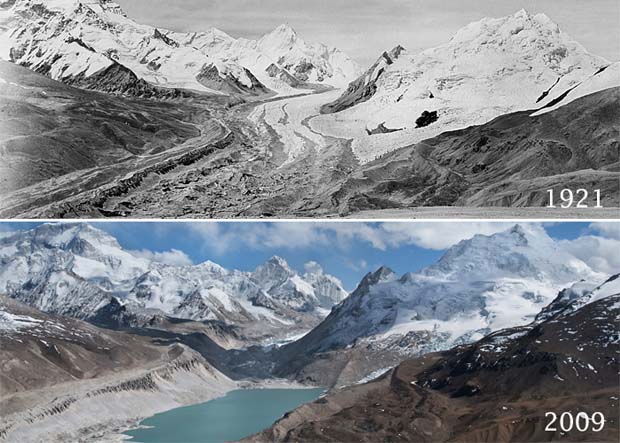NOAA’s new Climate Science Strategy aims to reduce effects of climate change on fisheries and living marine resources. Plan outlines efforts to build resilience
August 25, 2015
[dropcap]A[/dropcap]s ocean conditions continue to change, putting ocean ecosystems and the communities that rely upon them at risk, today, NOAA took a first step in providing regional fisheries managers and stakeholders with information they need to reduce the effects of climate change and build resilience.“NOAA just announced that for the globe the month of July — and actually, the entire year so far — was the warmest ever recorded, driven largely by record warm ocean temperatures,” said Eileen Sobeck, assistant NOAA administrator for fisheries.“ Those warmer waters – along with rising seas, coastal droughts and ocean acidification – are already putting people, businesses, and communities at risk. With this strategy, we’re taking a proactive approach in providing information on current and future conditions to try and reduce impacts and increase our resilience.”

Receding ice field. Photo taken by Udi of Athabasca glacier at Columbia Ice fields, Banff National Park.
The NOAA Fisheries Climate Science Strategy identifies seven key steps to increase production, delivery, and use of climate-related information to support the management of fish stocks, fisheries, and protected species. The steps focus on how a changing climate affects living marine resources, ecosystems, and the communities that depend on them, and how to respond to those changes.
“We are already seeing marine animals change where they live to deal with changing climate. We’re even seeing population numbers of some species drop,” said Richard Merrick, Ph.D, NOAA Fisheries director of scientific programs and chief science advisor. “Providing more information on current and future conditions will fill a crucial need. Our nation’s marine resource managers, along with the businesses and communities that depend on those resources, need to know what changes are coming so they can take appropriate action to mitigate any negative effects on our economy and environment.”
The strategy identifies key risks in the U.S. from climate change, including millions of U.S. jobs, ocean fisheries worth billions, protected marine species, habitats that provide valuable services, and the health and enjoyment of our oceans and coasts from recreation and tourism.
Following release of the strategy, NOAA Fisheries science centers and regional offices will work with partners and stakeholders – including fishery management councils, other federal agencies, and tribes – to develop and finalize regional action plans by late 2016 that address objectives in the strategy. These regional action plans will identify strengths, weaknesses, priorities, and actions to implement the Strategy in each region over the next five years.
About NOAA
NOAA’s mission is to understand and predict changes in the Earth’s environment, from the depths of the ocean to the surface of the sun, and to conserve and manage our coastal and marine resources. Join us on Facebook, Twitter, Instagram and our other social media channels.


